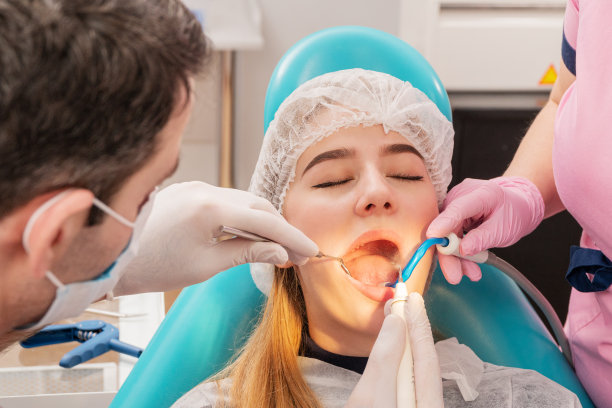The Painful Journey of Extracting a Tooth and Its Impact on Oral Health and Wellbeing
Summary: The extraction of a tooth is often a necessary yet painful journey that can have significant impacts on oral health and overall well-being. This article explores four critical aspects of tooth extraction: the physical pain and recovery process, the emotional implications for patients, the impact on long-term oral health, and the importance of post-extraction care. Understanding these factors can help individuals cope better with the experience, ensuring that they prioritize their oral health and general well-being in the aftermath of tooth removal.
1. The Physical Pain of Tooth Extraction

The process of extracting a tooth can be accompanied by significant physical pain. Prior to the extraction, many patients experience anxiety, which can heighten the perception of pain during and after the procedure. During the procedure, local anesthesia is employed to numb the area around the tooth, but some patients may still experience discomfort. The pulling, twisting, or cracking of the tooth can be distressing, even under anesthesia.
After the extraction, the pain might intensify as the anesthesia wears off. Patients often describe the pain as sharp and throbbing, leading to discomfort in nearby teeth and gums. Pain management through prescribed medications and home remedies becomes vital for coping with this stage of recovery.
Additionally, the physical pain is not just limited to the extraction site. It can impact the ability to eat, speak, and maintain a regular quality of life, leading to changes in dietary habits and even a risk of dehydration if the pain is not managed effectively.
2. Emotional Consequences of Tooth Loss
The emotional impact of tooth extraction is often underestimated. Many individuals experience feelings of sadness or frustration when losing a tooth, which can lead to a loss of confidence and self-esteem. Especially in cases where the extracted tooth is visible, patients may feel embarrassed about their appearance, leading to social withdrawal.
Moreover, the anticipation of tooth extraction can result in heightened anxiety, causing individuals to feel overwhelming dread leading up to their dental appointment. This emotional turmoil can detract from a patients overall sense of well-being and mental health.
To combat these emotional effects, it is essential for patients to seek support from family, friends, or professional counseling. Education about the procedure and understanding the expected outcomes can also mitigate anxiety and foster a healthier emotional response.
3. Long-Term Impact on Oral Health
Tooth extraction can have long-term implications for oral health, which warrants close attention. Following the removal of a tooth, adjacent teeth may shift into the empty space, potentially leading to misalignment issues. This shift can create problems with chewing and may exacerbate other dental issues, further complicating a patient’s oral health.
Additionally, the loss of a tooth can compromise the health of the jawbone. The absence of a tooth root can lead to bone resorption, where the jawbone begins to deteriorate due to the lack of stimulation. Over time, this can change the shape of the face and make future dental procedures, such as dental implants, more challenging.
Regular dental check-ups post-extraction are crucial for monitoring these changes. Dentists can develop proactive strategies to address any potential complications, helping to maintain long-term oral health even after the loss of a tooth.
4. Importance of Post-Extraction Care
Following a tooth extraction, proper aftercare is critical for ensuring a smooth recovery. Immediate care instructions typically include managing bleeding, controlling pain, and avoiding certain activities, such as smoking or vigorous exercise, which can impede healing. Adhering to these guidelines significantly reduces the risk of complications such as dry socket and infections.
Patients should also be mindful of their diet during recovery. Soft foods are recommended initially to minimize irritation to the extraction site. Staying hydrated while avoiding hot beverages is essential, as extreme temperatures can provoke discomfort during the healing process.
Moreover, establishing a follow-up plan with a dental professional is essential. This can include re-evaluating the site of the extraction and discussing options for replacing the lost tooth, such as implants, bridges, or dentures, which can help restore both function and aesthetics back to the smile.
Summary:
In conclusion, the painful journey of extracting a tooth encompasses not just the immediate physical discomfort, but also emotional responses and long-term impacts on oral health. Establishing a strong aftercare routine and understanding the implications of extraction can dramatically improve individual experiences and outcomes.
This article is compiled by Vickong Dental and the content is for reference only.


